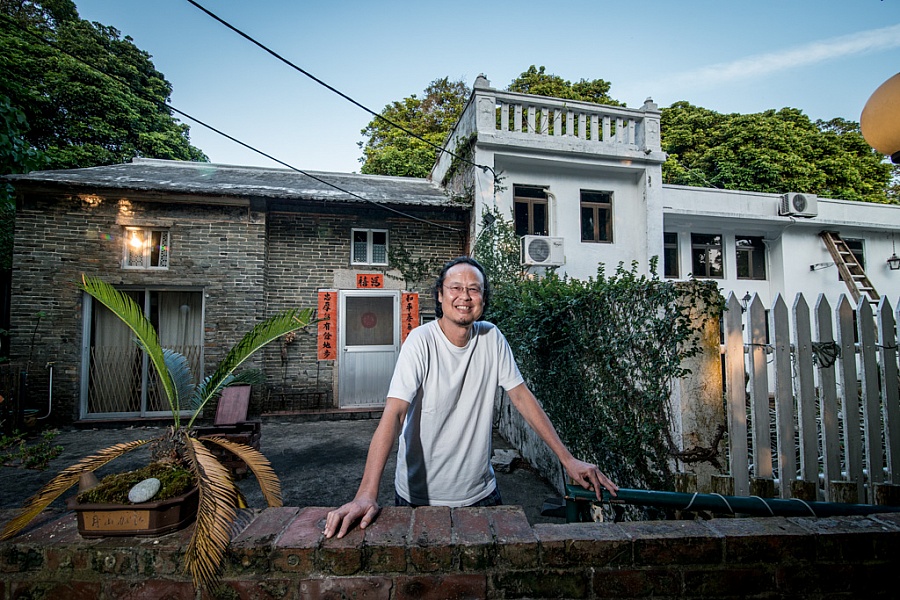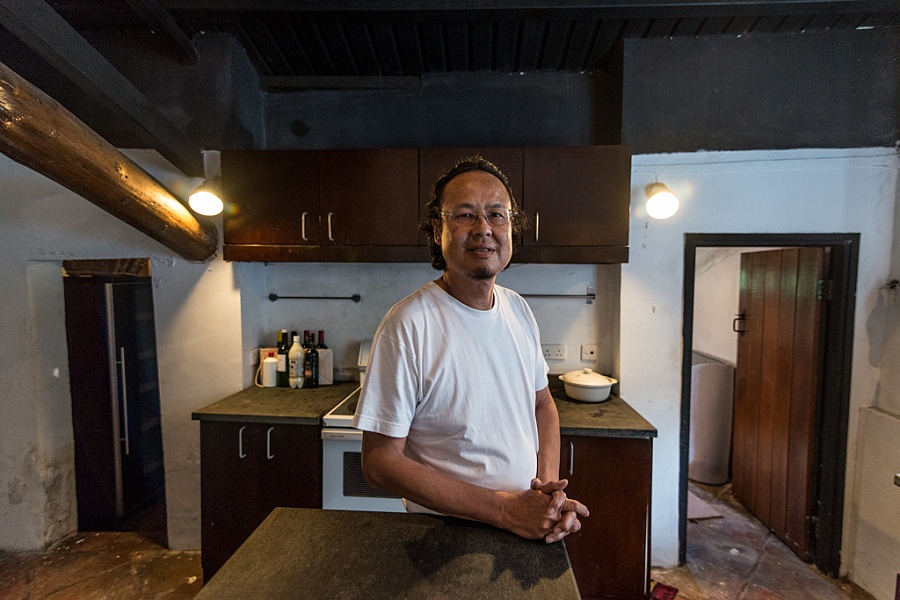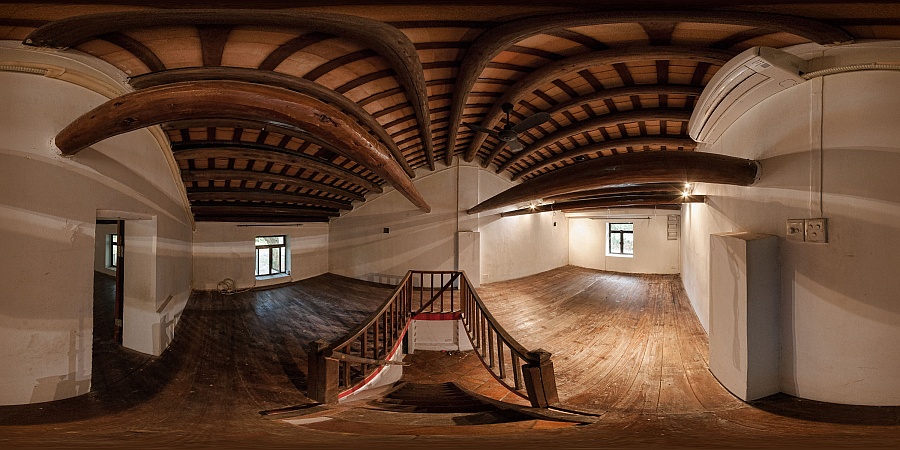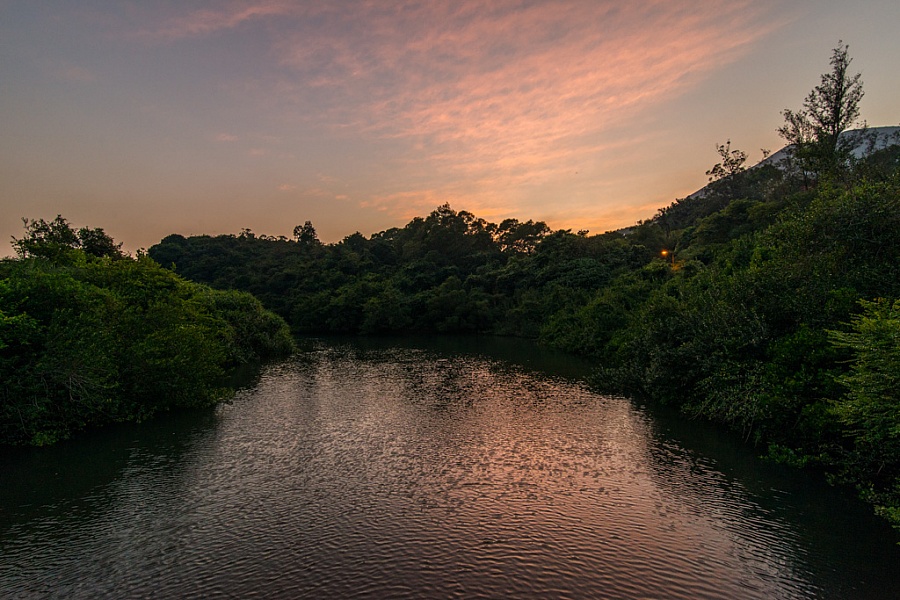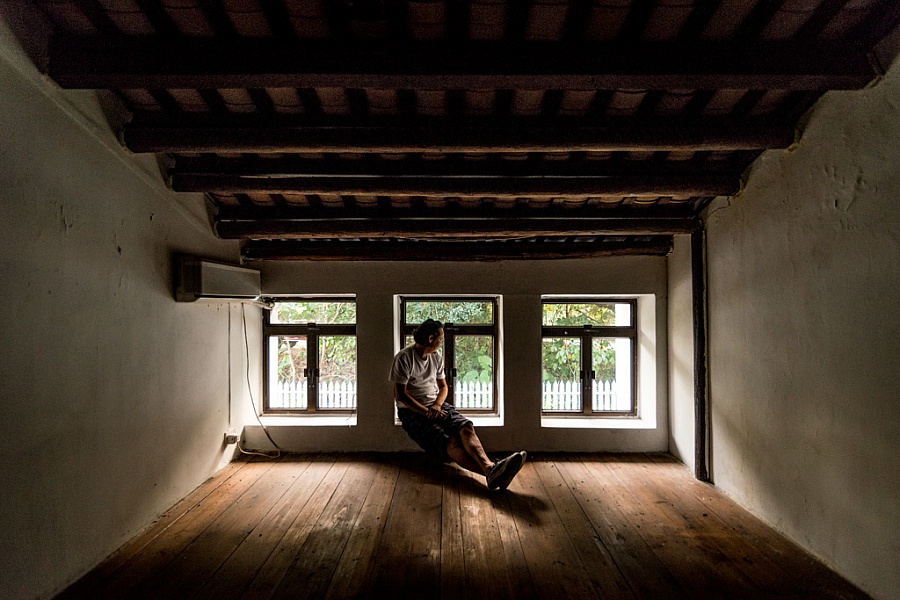This is a story about a green-brick house with a colourful past. For over a century, it stood proud and popular in the depths of Sai Kung. But time eventually caught up with it and it had to go. The historic structure was demolished four months ago.
The closest link to the house that can still be found today is Michael Wong Shu-kei. Tall, presentable and worldly, Michael, 65, is a native of Pak Tam Chung in Sai Kung – the three words Pak Tam Chung were indelibly printed on his birth certificate. His Hakka family has been living there since the mid-1830s, a decade before the British navy landed at Possession Point in present- day Sheung Wan and took Hong Kong. More recently, Michael inherited the village head position, a plot of land and the historic green-brick house from his father.
By any measure, Michael’s inheritance was no small sum yet he recounted how his father had to venture overseas for work to support his family back in Hong Kong when he’s a child. “Back in the 1950s, people in Hong Kong were very poor. Land in Sai Kung had no value. My father had to work in the UK to earn British pounds,” Michael said. “At first, he’s a chef. Then he ran a Chinese restaurant in Bath. In those days, £1 equaled HK$16. It was a lot of money. My father left for the UK when I was only two. I hardly missed my father because I don’t have any memory of him.”
Hidden amid lush greenery, Michael’s family house used to stand at the centre of Pak Tam Chung and the entrance to the eponymous country park was just several hundred metres away. Moreover, several vegetable patches used to grow in front of the house. In the old days, one section of the house was a village school, another part hosted a grocery store, and the remaining portion was Michael’s family home. In addition, a hall inside the family’s living quarter served as a public passage way that connected travel between Sai Kung and the rest of Hong Kong. For instance, villagers who had to go to the New Territories by land, or to Shau Kei Wan over on Hong Kong Island by boat, would have to first cross this link as they made their journey to the outside world. The wooden benches on both sides of the passage way were the villagers’ meeting point. Everybody – whether they were men or women, old or young – would gather there to chit-chat and generally pass time. Wryly, Michael said: “This means it was a place for gossips and complaints.”
The traceable history of Sai Kung began in the 18th century, a time when Hakka immigration into the area was notable, according to the historian David Faure in an article titled “Saikung, The Making of the District and its Experience during World War II” that he published in the Journal of the Royal Asiatic Society Hong Kong Branch. Sai Kung also used to have a large boat population. Cut off from the major markets in Tai Po, Sheung Shui and Yuen Long by Ma On Shan, villagers sold their farm produce and fish catches at markets on the north-eastern shore of Hong Kong Island.
Michael remembers Sai Kung’s trade with Sai Wan Ho, Shau Kei Wan and Chai Wan from when he was a kid. He said the villagers would set sail for the markets across the harbour early in the morning. On the way, they would pass Silverstrand Bay and Hang Hau, and they could reach the first big stop which was Sai Wan Ho at around noon. They would then sell their farm produce in the afternoon and used the cash earned to buy pork. If the wind was blowing in the right direction, they could make it home before sunset. “We’re largely reliant on boats to get anywhere,” Michael said.
Like many Sai Kung natives, the Wongs are Catholics because both of Michael’s grandfathers went to missionary-run schools. His paternal grandfather was a sailor who travelled far and wide. His father, meanwhile, studied at La Salle Collage in Kowloon City, but was forced to abandon his education at Form 3 when the Second World War came to Hong Kong. Wong senior returned to Pak Tam Chung and joined the guerrillas to fight the Japanese (part of that experience involved training at Daya Bay, the location of Hong Kong’s nearby nuclear power station just across the border in Shenzhen). After the war, he worked for the British Garrison in Kowloon Tong but like tens of thousands of his peers, he moved to the UK in the early 1950s, in search of opportunities to earn better money. His mother moved to Bristol to stay with him but returned to Pak Tam Chung when she started to get ill and knew she wouldn’t have very long left to live.
The hall inside Michael’s family home stopped functioning as a public passage way with the construction of the High lsland Reservoir in the 1970s. The government built roads at Pak Tam Chung for access to the reservoir and since then, villagers no longer had to pass through Michael’s house when they went out to town. Despite its vital importance to the shared past of Sai Kung’s residents, the house was not on the government’s list of historical buildings.
I learnt the fascinating story of this old house only a few weeks before it’s scheduled for demolition. Assisted by a mutual acquaintance, I visited Michael at his house. My visit was accepted on one condition: I had to keep the demolition plan confidential.
The structure of the house had remained largely the same despite several times of remodeling. A solid-looking, old wooden staircase stood on either side of the house. The kitchen had stayed, so had the original pig sty and chicken coop, though they had been turned into store rooms. Meanwhile, the former public passage way had become a living room. Strong round wooden beams and columns were still there but Michael said they were too old and weak to actually support the house. They were merely decoration and the best symbol of the house’s old age.
Replacing the historic house will be three brand-new villas, one of which Michael will turn into his home while the other two will be rented out. He said it is utterly wrong to sell properties left by one’s ancestors. “We can sell things that we earned, or we can lose them, but we can’t sell what we inherited from our ancestors. We are caretakers only, what we should do is to pass the property to the next generation. My father would be happy if he knew I upgraded the property that he left to my care.”
Was Michael arrogant? Or was he just being pragmatic? Whatever message he’s transmitted in his statement on the properties he inherited from his father, the fact is he had reinforced the house’s roof and structure several times over the past 30 years, even if successive attempts to improve the house’s condition were always met with difficulties. For instance, he couldn’t find traditional brick tiles in Hong Kong anymore. Similarly, there were no longer builders who had the skill to restore very old houses without hurting it aesthetically.
We made some last-ditch attempts to persuade Michael to not demolish the house even though we knew his plan was not a decision made in haste. Michael said he would give up his home if the government could agree a land exchange with him. As a village head, he’d informally checked with the Lands Department on that possibility. The informal answer he received was it was not going to work. “This house has historic value, I agree it should be preserved, I think the hall that used to be the public passage way should be turned into a public museum. But it shouldn’t be done by me – it should be done by the government.”
Q: What do you like the most about Hong Kong?
A: I was born and raised in Hong Kong. Hong Kong is my home. I love it even though there are many things I dislike.
Q: What do you dislike the most about Hong Kong?
A: Uneducated new immigrants.
Q: What does Hong Kong have to do to be sustainable?
A: Turn Hong Kong into London, we get the best talents from around the globe, so we have to be selective on who can come and live in Hong Kong.
